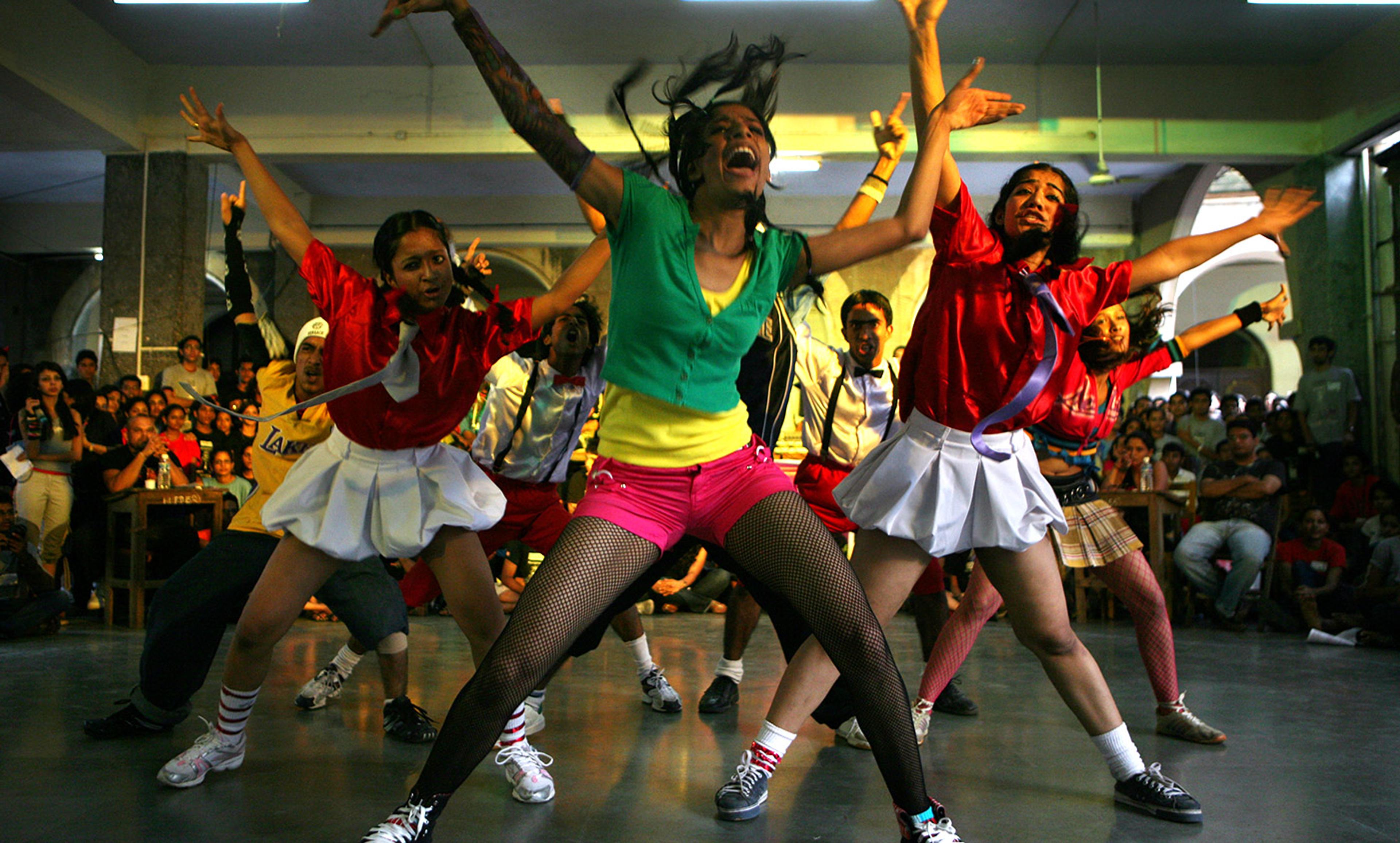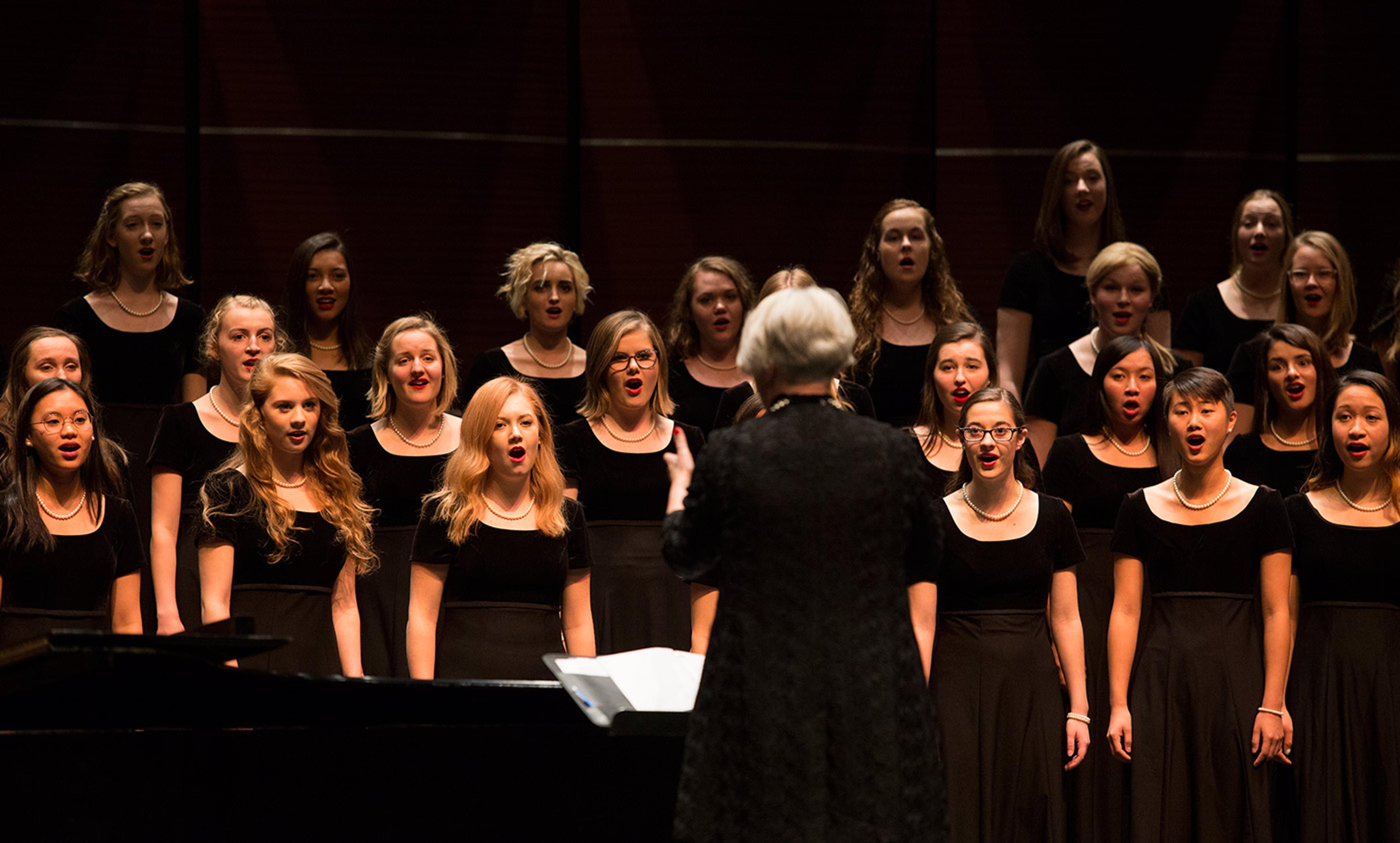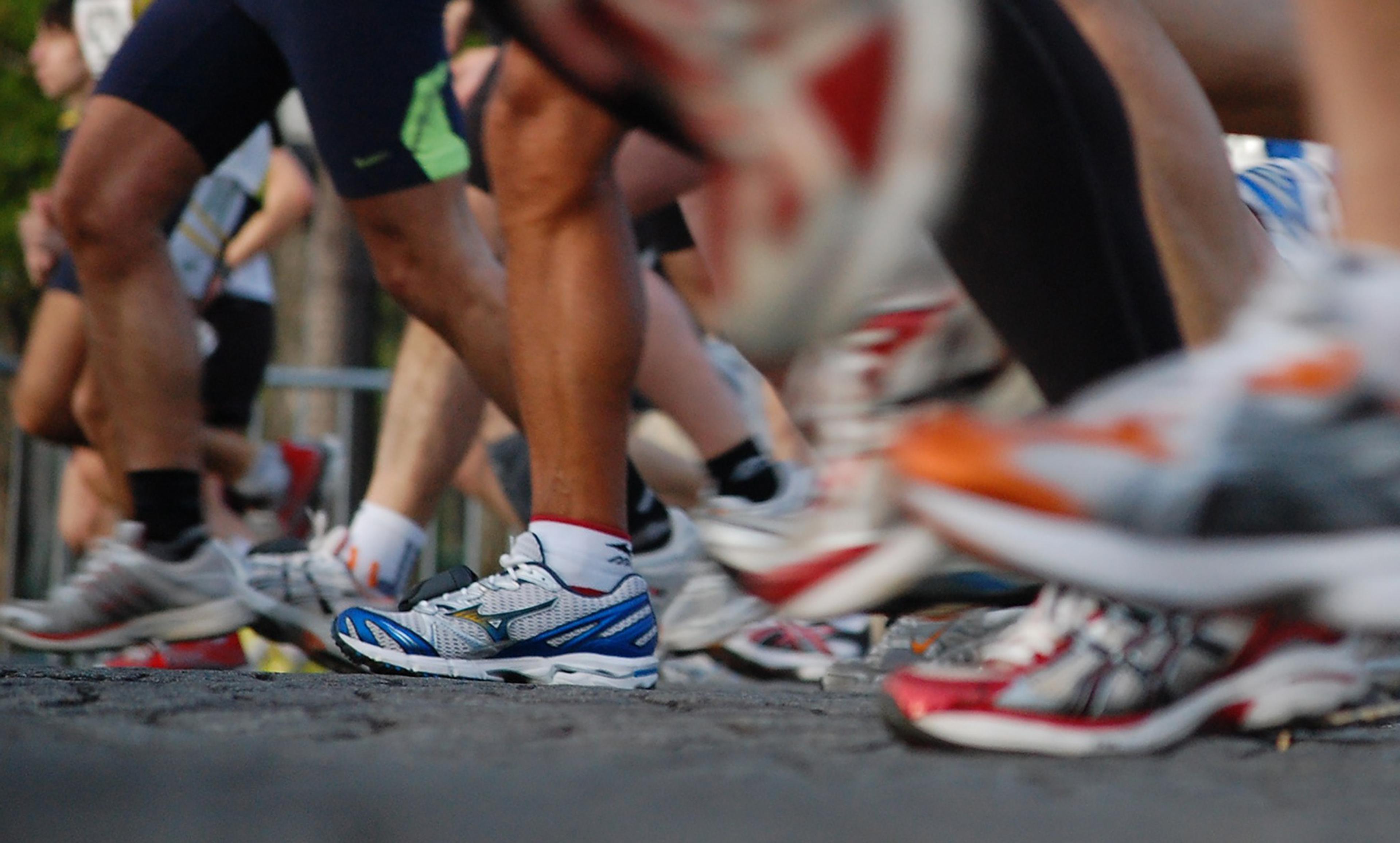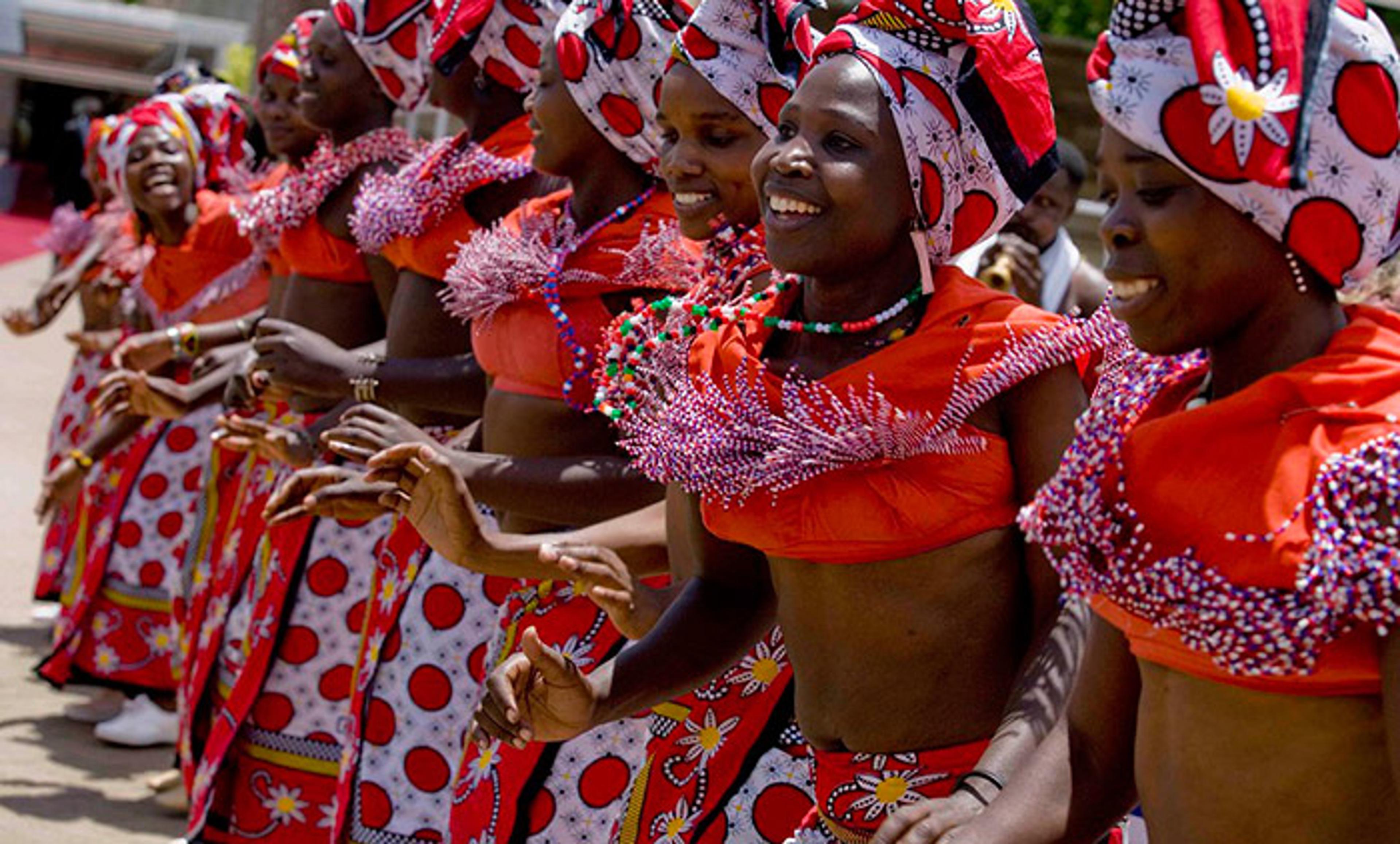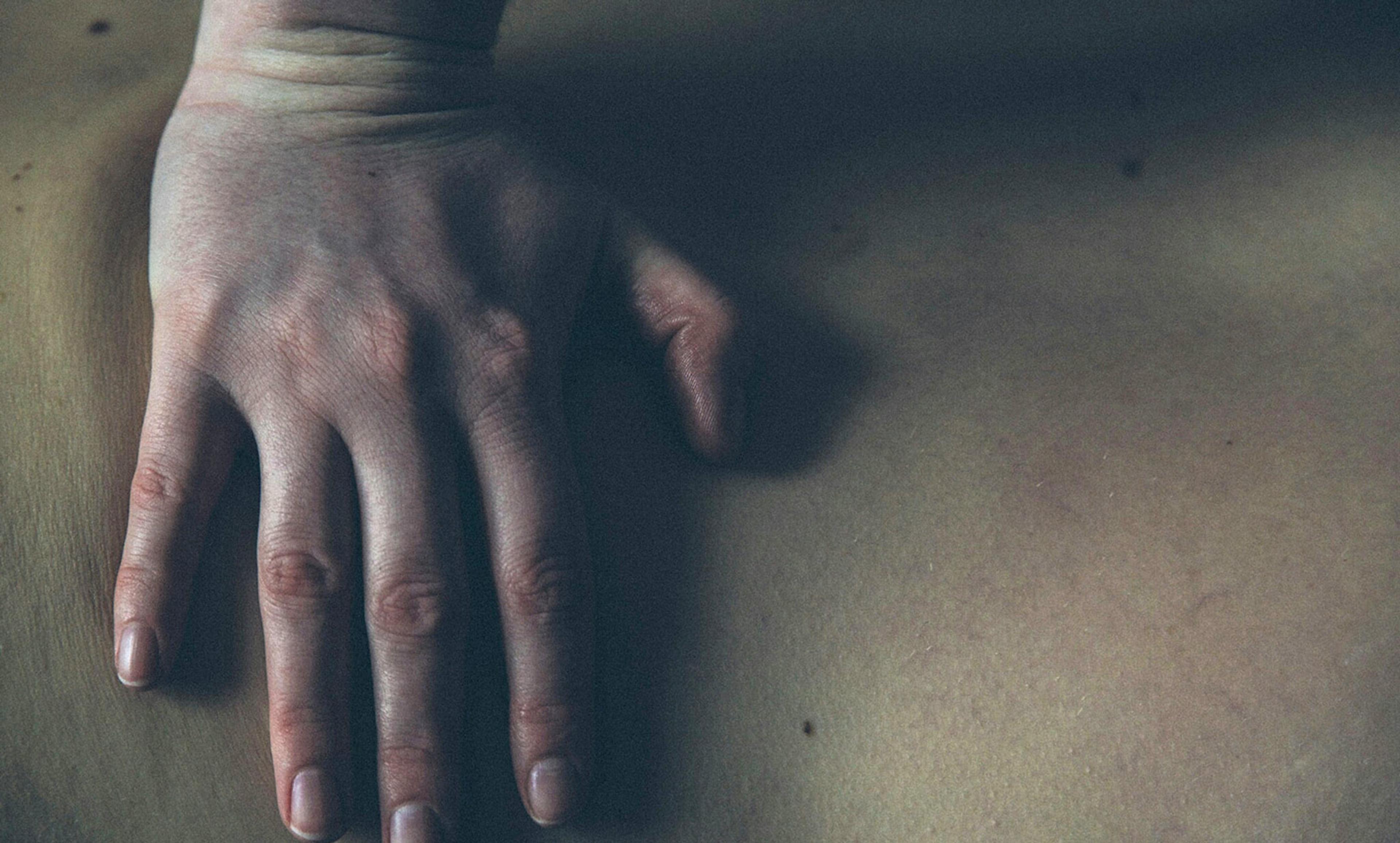Getty Images
Many of us know that physical exercise is good not only for our bodies, but also for our ‘soul’. It can give us a unique psychological buzz, especially when we do it with others – just ask your nearest SoulCycle devotee or Tough Mudder initiate.
This buzz has long intrigued observers of human sociality. For more than a century, anthropologists have written about social bonding and community cohesion arising through what Émile Durkheim in 1912 called ‘collective effervescence’ – a euphoric unity generated when humans come together and move together, be it in religious ritual, music, dance or sport.
This same buzz appears to be a natural performance-enhancer. Tough workouts can seem that little bit easier with the support of a good friend. In competitive sports, teams that ‘click’ perform beyond the sum of their individual parts, often punching well above their weight.
Decades after anthropologists first presented their ideas about social motion and cohesion, experimental studies using tools from the cognitive and behavioural sciences have begun to explain that buzz and its effects. Combining insights from evolutionary theory, anthropology, psychology and biology, research suggests that coordinated group movement – what we call social motion – sets the stage for the changes in brain chemistry often associated with altered perceptions and beliefs. This altered state of consciousness impacts the sense of pain and fatigue that is so key to athletic performance, as well as the sense of self and others at the root of social bonding.
Social motion comes in many forms across cultures and contexts – exercise, dance, ritual, labour and play – but it is universally characterised by two components: coordinated movement and physical exertion.
Evidence suggests that synchronising movement with others leads to feelings of togetherness or ‘oneness’ – perhaps because the intentional act of coordinating with another person necessitates sharing mental states. To row a boat down the river, the individual ‘I’ must become the collective ‘we’.
Other research indicates that physical exertion can lead to the release of endorphins and endocannabinoids. These are our body’s natural morphine and cannabis, responsible for feelings of wellbeing during sustained bouts of exercise. Extremes of these psychological states are colloquially known as the ‘runner’s high’.
To test the mechanism and nature of the bonding that being social bestows, our team ran a series of experiments. In one, we manipulated the two core components of social motion – synchrony and physical exertion – in groups of rowers who were positioned side by side on rowing machines. We found that, regardless of synchrony, groups who rowed at the intensity ‘sweet spot’ for experiencing the positive buzz of exercise cooperated significantly more in a post-exercise economic game, compared with groups who exercised at a rate just under this threshold. Cooperation is an important marker of close relationships, indicative of more cohesive, bonded groups.
This result helps to explain why we often feel closer to friends after a night out dancing or a morning jog. In these activities, we share physical and mental states that are important for building and maintaining cooperative relationships.
Next, to test whether the buzz of camaraderie could change the way athletes feel and perform during exercise, we conducted an experiment with a highly bonded team of elite rugby players.
After warming up either synchronously or non-synchronously in pairs, we had athletes perform a strenuous sprint test on their own. On average, athletes who warmed up in sync with others were nearly seven seconds faster – a competitively meaningful increase in performance for a test that usually takes about four minutes. This result provides a basis for the wisdom that a highly bonded team is a better performing team.
Explanations for these effects can be traced back to our evolutionary past, when humans depended on close social relationships to survive and thrive – a situation that remains apparently true today. When we are cared for and supported, perhaps we are able to be a bit less cautious than when we are isolated and alone; we can pay less attention to pain’s protective reminders and invest more in the physically draining process of recovery from illness.
In the context of exercise, cohesive environments and their cues might lift the brakes on what our bodies can do, without us even knowing it – leading to decreased perceptions of pain and fatigue, and enhanced performance. These ideas are in line with research showing that high-fives, daps and pound hugs translate to wins in competition and enjoyment during workouts.
Viewed in this light, national anthems, pre-game rituals, and fans cheering in unison all seem to act as a sort of social placebo, altering the optimal response to stressors such as illness and exercise. We are emboldened by the analgesic and fatigue-reducing buzz derived from these cues, likely via the same neurological pathways as placebo effects observed in medicine.
One of the most potent performance enhancers in sport, then, could be the buzz we get from supportive fans, friends, and family. Brilliant athletic feats – be they Stephen Curry’s anomalous three-point record, or Leicester City FC’s unbelievable outhouse-to-penthouse title run in the English Premier League – cannot be disentangled from their social environments. Likewise, the commercialised spirituality of fitness cults like SoulCycle and Crossfit harnesses the primal power of social motion for health and well-being, motivating adherence to an activity that is, at the end of the day, often unpleasant and painful.
The benefits of social motion might be crucial for a world in which a third of the adult population is chronically inactive and social isolation is on the rise. Our research indicates that a core component of collective physical activity is social connection – an evolved motivation to belong in communities where relationships are cohesive and supportive. Social motion can provide us with the buzz necessary to reverse cycles of social and physical inactivity, bringing us closer to one another, and closer to the physical and mental health we require to thrive.
